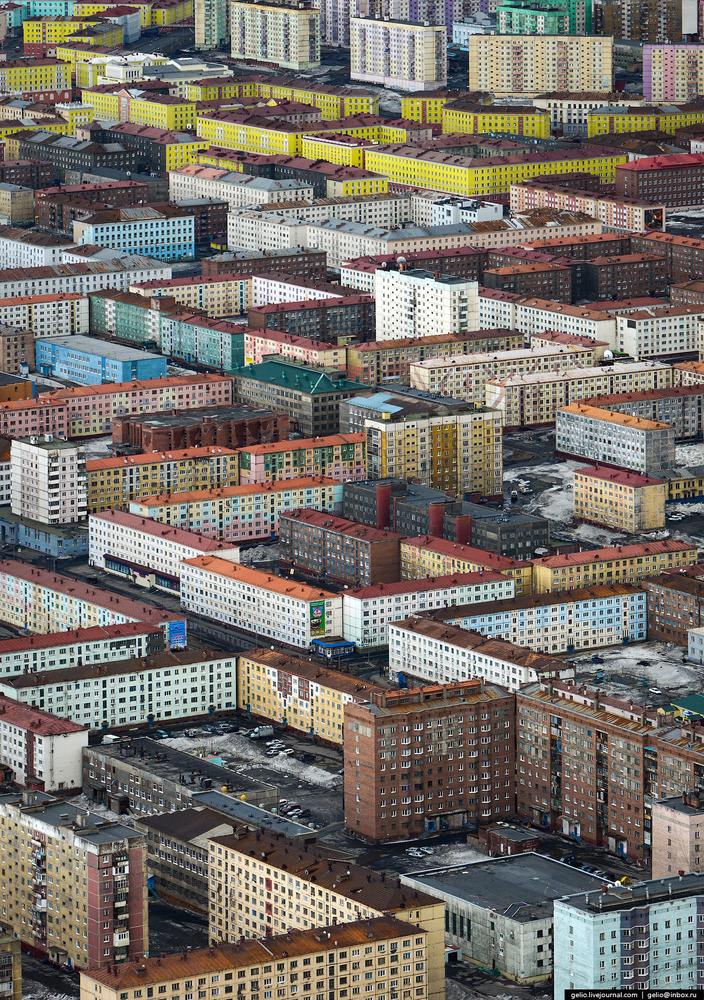Blimey Eric, you'll be telling me next that news and media outlets and in some instances even small scale newspapers/websites try to jazz up local stories to make them sound more exciting! Whatever next?
Although to be fair, if I lived in one area and loved the old lamps and I'm sure many do. And, if I was told by the contractors they were being removed to refurb a richer part of town, where they are willing to spend the extra money to maintain the charm and dignity of the more rarefied areas while my area was not worth it because I was too poor to afford to live in Clifton I'd probably have the Ar*e too to be honest Eric.
I understand it's a complex issue involving many subtleties of variable issues, but purely from a private and personal perspective if I lived in Beckington Road, (hardly a slum itself from the video) I'd be steaming.
More so if the council were trying to keep it hushed up and only released information a couple of days later under pressure, presumably from a 'silly website'.
https://www.bristolpost.co.uk/news/bris ... ol-2687538
This was posted two days before the previous page I linked too.
Not keeping the red flag flying Eric or wearing a tin foil hat or looking for an argument.
I fully agree it's important to conserve areas of special interest. Personally I'm just not sure you should do it at the expense of other residents from less well off areas. If maintenance costs are too high they should be too high everywhere surely? Or are the margins acceptable in wealthier areas? And if so I'm not sure I understand why? Well I do, but at what cost?
I understand modern replacements are cheaper and more efficient, so surely the aim should be to replace all lamps throughout Bristol no?
It's a moot and unanswerable point I suppose. An Enigma, rolled up in a mystery, rolled up in an onion. All the skins and such... :shock:
One of my Grandads worked on whaling ships, the other was (partly) fundamentally responsible for the concept of the Green Belt. A tale of two families (who both got on well but were vividly and fundamentally different in outlook, experience and circumstance).
Wonder what they would have said had you sat them down for a beer or two. Or a beer and a dry sherry to be fair, on this subject. I would love to hear it.
Best regards.
Chris








